English Year Two Planning Term One
Discover some schemes of work, lesson plans, classroom worksheets and interactive activities to develop skills in English for Year Two in Key Stage One covering a range of fiction, non-fiction and poetry topics and themes
Theme One
Family Pets
Explore the structure and content of a story with a familiar setting about family life, compose poems with patterned language about pet animals, learn spellings of words with different endings and use expanded noun phrases to describe places and things from stories.

(A) New Pets
Explore descriptive language used in stories about family life, practise spelling words with le endings and write sentences using the correct punctuation

(B) Pet Shop
Investigate sentence structures and vocabulary words used in stories with familiar settings, practise spelling words with common endings and use adjectives to write expanded noun phrases
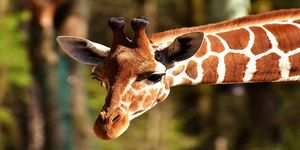
(C) Unusual Pets
Plan and write a narrative story about keeping an unusual animal as a pet, learn spellings of words with the /i:/ sound spelt ey and write descriptive sentences using expanded noun phrases
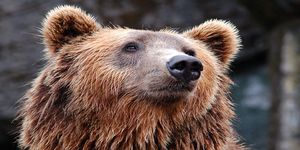
(D) Wild Animals
Write and edit a narrative story about keeping a wild animal as a family pet, spell words ending in y and select descriptive vocabulary to describe story settings in their narrative writing

(E) Wild Pets
Investigate some of the special words used to describe different types of wild animals in poems with patterned language, explore spelling of words with gn, kn and wr initial sounds and select vocabulary to combine together into expanded noun phrases

(F) Mystery Pets
Write and edit poems about different animals using patterned language, practise spelling words with the /s/ sound spelt c and write expanded noun phrases to describe and specify people, places and things related to wild animals to use when composing lines for a poem
Theme Two
Travel
Investigate how to write explanations about different forms of transport, compose stories about fantasy worlds, match the spellings of words that are homophones, use conjunctions to link sentence clauses and work with apostrophes to indicate possession.
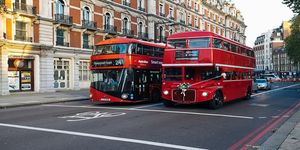
(G) Bus Trips
Read and compare explanations with fictional stories about how and why families can make different journeys by bus, identify and match pairs of words that are homophones and use commas to separate items in a list about things needed for a particular journey

(H) Transport
Research and present information about forms of transport that can be used for family journeys, add the homophones there, they’re and their to complete sentences about buses and trains and use the conjunctions and and or to link sentence clauses
-
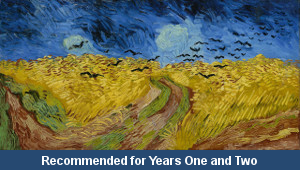
Van Gogh
Investigate and replicate the work and painting style of a famous artist from the past by producing a matching landscape of the school building
-

Harbour Labels
Practise structuring and formatting different word processed documents to describe a range of ships and boats seen in a harbour
-
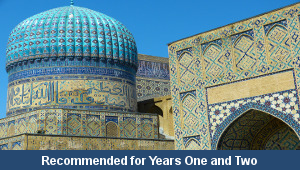
Islam
Explore and illustrate some of the different stories, beliefs and practices of the Islamic religion including special festivals and sacred texts
-
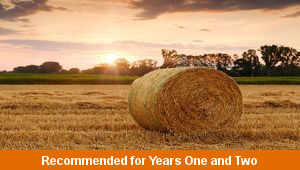
Farm Prints
Practise and demonstrate different techniques when printing a range of shapes and patterns that can reflect themes and ideas related to farming
